The best beer glasses enhance the drinking experience by allowing the aroma to bloom fully and the flavors to shine. They are crafted with precision, featuring a well-balanced design that complements various beer styles. Having the right glass showcases the beverage’s appearance and elevates the enjoyment of savoring every sip.
Lager is the world’s most popular beer and originated more than 400 years ago in Bavaria due to a brewing accident, according to a recent study. Researchers say the yeast used for brewing cold beer, known as Saccharomyces Pastorianus, emerged at the court of Maximilian the Great in Munich. This was the result of an accidental encounter and subsequent mating of two distinct yeast strains.
There’s a long-held belief that people drink alcohol in excess to drown their sorrows. However, recent research into mood and drinking has found the opposite is also true. Rather surprisingly, people tend to drink – and drink heavily – on days when they are in good moods.
So, raise your glass and say cheers to cold beer! This yeasty beverage is best enjoyed in good company, and the right glassware doesn’t hurt either. We have compiled this list of the best beer glasses that you can enjoy sipping from. Did we miss an excellent chalice for ice cold brews? Let us know your favorite beer glasses in the comments below!
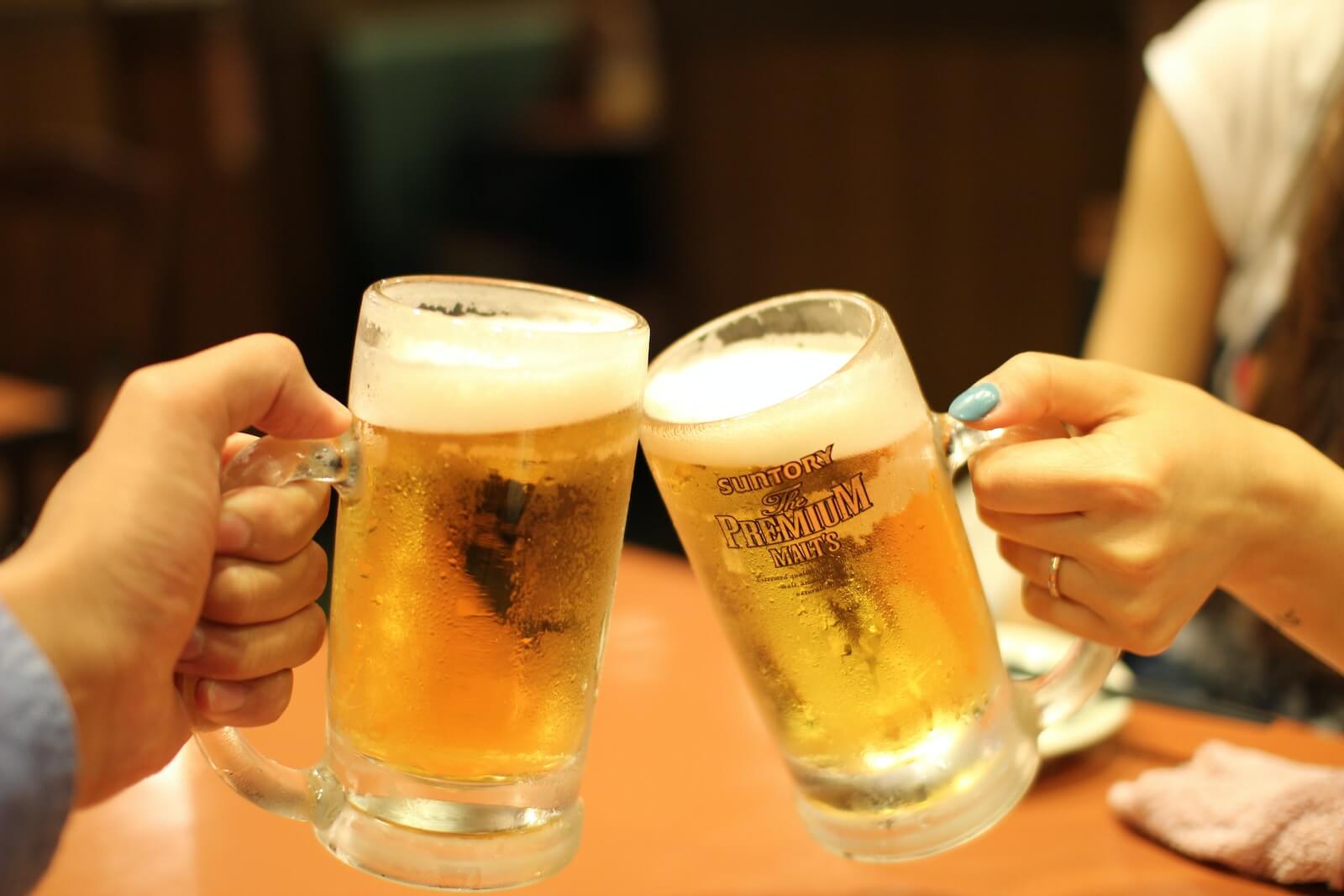
The List: Best Beer Glasses, According to Brew Experts
1. Stein
With or without a lid, the beer stein is one of the most classic vessels for brew. These often-oversized cups evoke a feeling of Oktoberfest. ManOfMany raves, “Also referred to as the Beer Mug, one look at the mighty stein and you know you’re in serious drinking territory. Lift one up and you’ll be impressed by the thickness, girth, and roomy size of the glass. This is the way Germans (aka real beer drinkers) like to drink their brew.”
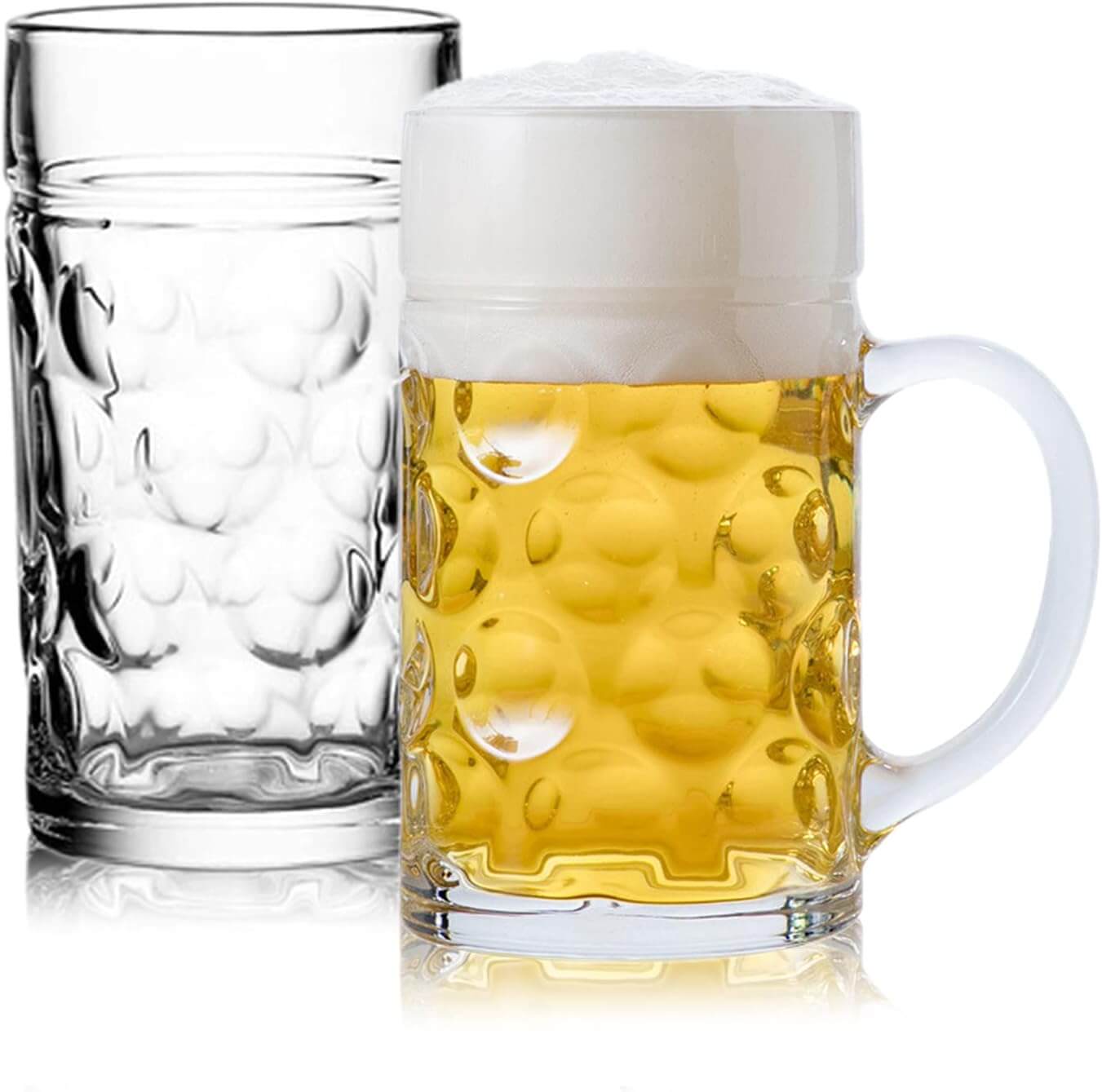
Lowercase Brewing praises, “But beyond the iconic look, the beer mug design actually serves a purpose. The mug’s handle, for instance, not only makes it easy to hold and drink your beer but also keeps your beer cold by preventing heat transference from your hand. A mug’s thick glass walls also help with insulation, and the wide lip allows for thick hearty gulps.”
BA exclaims, “Heavy, sturdy, large and with handle, the mug is a fun and serious piece of glassware that comes in many sizes and shapes. The best part of using a mug is that you can clink them together with more confidence than other types of glassware, and they hold loads of beer. Seidel is a German mug, while a Stein is the stone equivalent that traditionally features a lid, the use of which dates back to the Black Plague to prevent flies from dropping in.”
2. Pilsner Glass
These big glasses feel somehow classy perched on a bar. Tall and slender, they help beer stay carbonated. Lifehacker says, “The classic German pilsner is a pale, clear beer that typically has a moderate alcohol by volume (ABV)… lower-ABV beers do well in a footed pilsner glass because they can be enjoyed at a higher volume — i.e., you can drink more without getting trashed.”
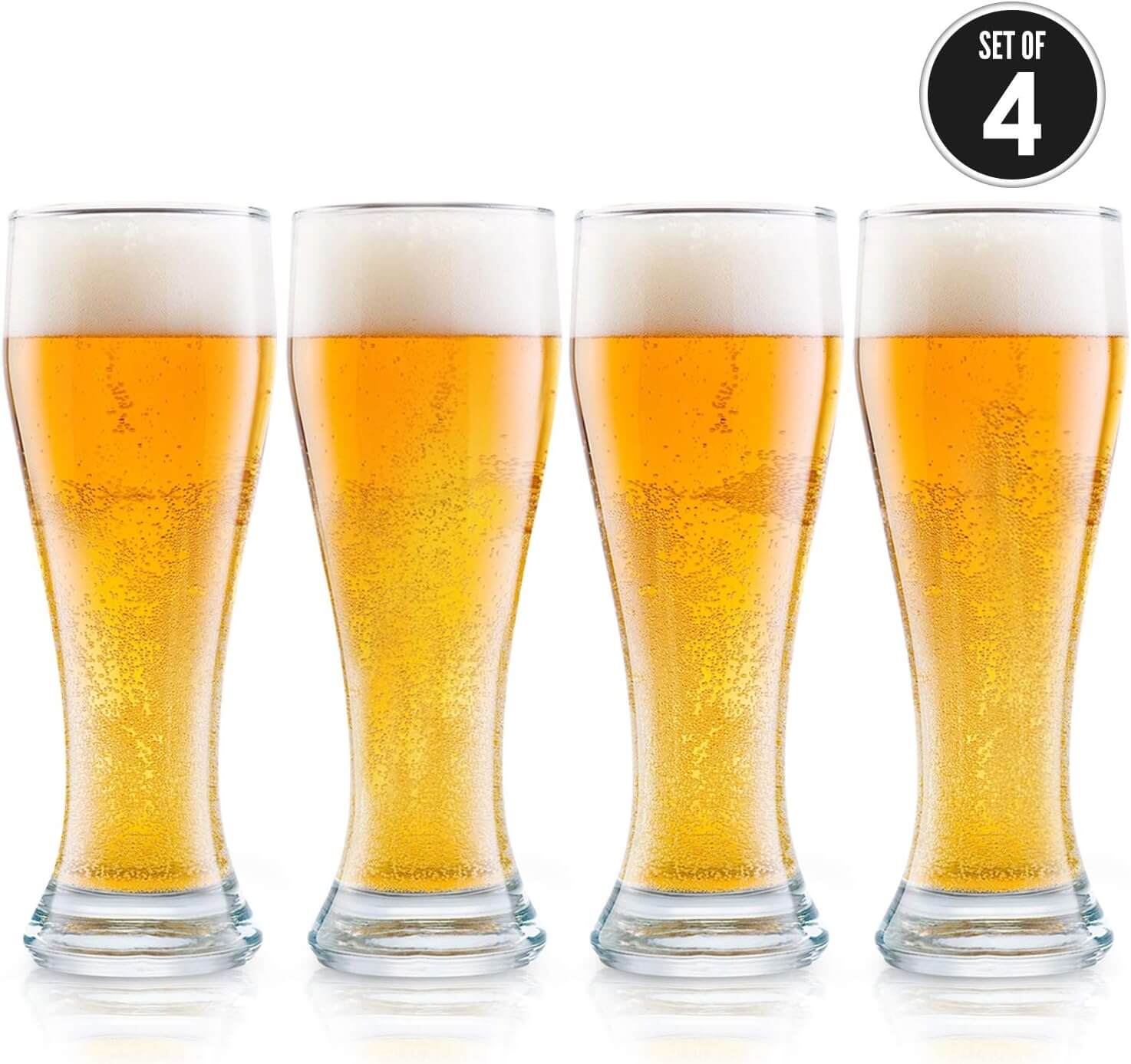
“Beers in this category include low to medium alcohol-level pilsners, ales, and lagers that are light, low on hop flavor, and refreshing. Heads on these beers are deep, but also airy and foamy. Carbonation and sparkling colors should be shown off in a long, slender pilsner glass that highlights the bubbles rising from the bottom to the top,” describes Webstaurant Store.
Crate & Barrel elaborates, “The silhouette is generally slender and tapered, with some exhibiting a slight curvature and others completely straight. The height of a Pilsner glass is also noteworthy, as it’s meant to showcase the liquid’s golden hue, clarity and carbonation. The slim frame also enhances bubbles.”
3. Imperial Pint or Nonic Glass
The Imperial Pint is a classic bit of glassware. Instantly recognizable for the signature bulge, this glass can be found at bars across the world. Homebrew Academy comments, “The Imperial Pint was adopted as an official measure by the British Parliament in 1824 and incorporated by the English bars around 1960. Nowadays, it is one of the most used glasses to serve any British Ale, Porter or Stout.”
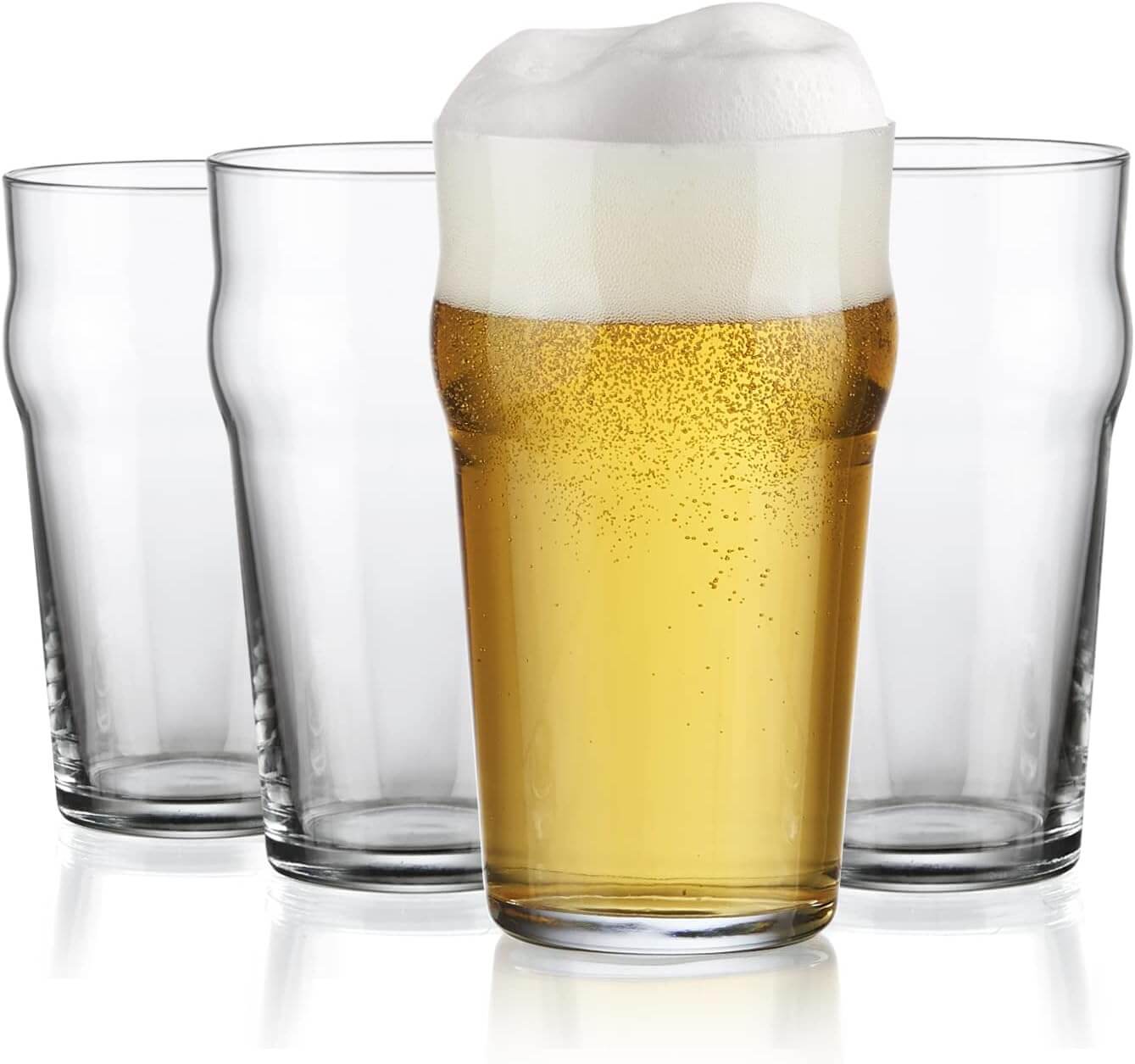
ManOfMany adds, “Also known as the Nonic Pint Glass… the cylindrical shape of this glass and the bulge that helps clumsy beer drinkers from spilling the contents inside. Of course, the wide mouth holds foam admirably and we recommend choosing a beer that’s not too strong to drink out of this one.”
Lowercase Brewing details, “Similar in overall shape to the American pint glass, the Imperial pint glass is commonly found in English pubs and adds a small lip that looks like a curved bulge running all the way around near the mouth of the glass. This bulge helps protect the lip of the glass from being damaged or nicked if it topples over, hence the nickname ‘nonic’ pint glass, as in no it won’t nick.”
4. Goblet or Chalice
A goblet or chalice will make you feel like royalty. These voluminous vessels typically hold a king’s share of beer as well. Pour My Beer explains, “Best described as having a long, thick stem supporting a bowl, these glasses allow drinkers to hold the glass without warming the beer while enhancing the beer’s aromas. They elevate the drinking experience, making it feel like a special occasion, even if it’s just another day at your bar or restaurant.”
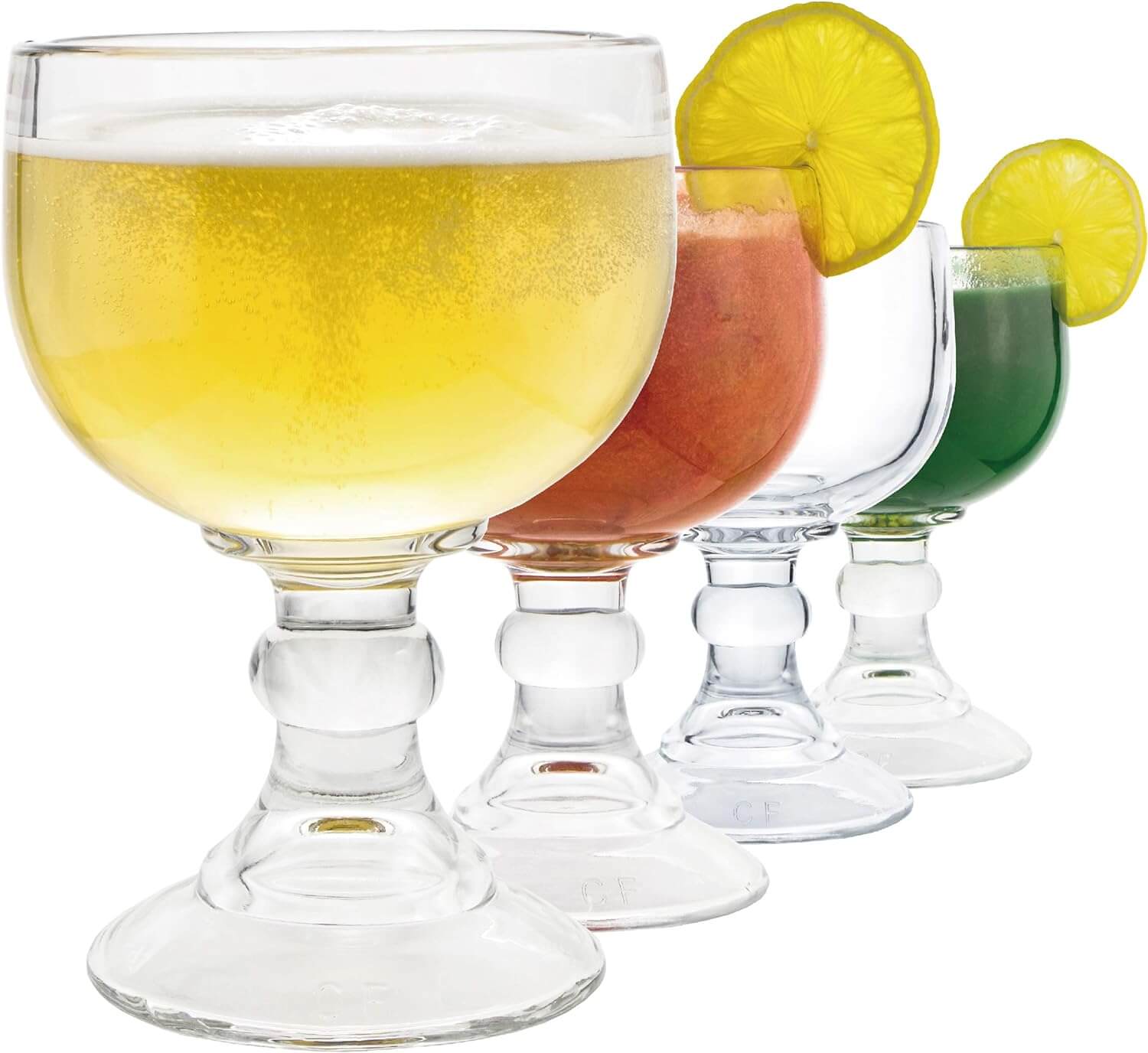
KegWorks offers, “The goblet glass has a large, head-retaining round bowl and a thick stem. Chalices are similar but tend to have thicker bowl walls. Both types can be highly decorative and sometimes feature intricate etching or precious metal inlaying. Their wide-mouth design promotes big, hearty sips.”
Crate & Barrel states, “Goblets are often viewed as the most extravagant way to enjoy a beer. Traditionally, they feature a long and thick stem that makes a seamless transition into the wide bowl. The term ‘chalice’ is often used interchangeably with goblet; however, chalices are a distinct type of beer glass that has thicker walls and weighs more.”
5. Tulip
Tulip cups are similar to goblets, but typically feature a long stem. These glasses are shapelier and more refined than the bowl-shaped chalice. Punch claims, “The tulip is a classic partner to Belgian ales; the pairing just makes sense—an elegant design, reminiscent of a wine glass, for an elegant beer. But throughout craft beer’s life span, a growing number of drinkers have embraced the tulip’s appeal for nearly every style, especially for mid- to high-strength varieties like IPAs.”
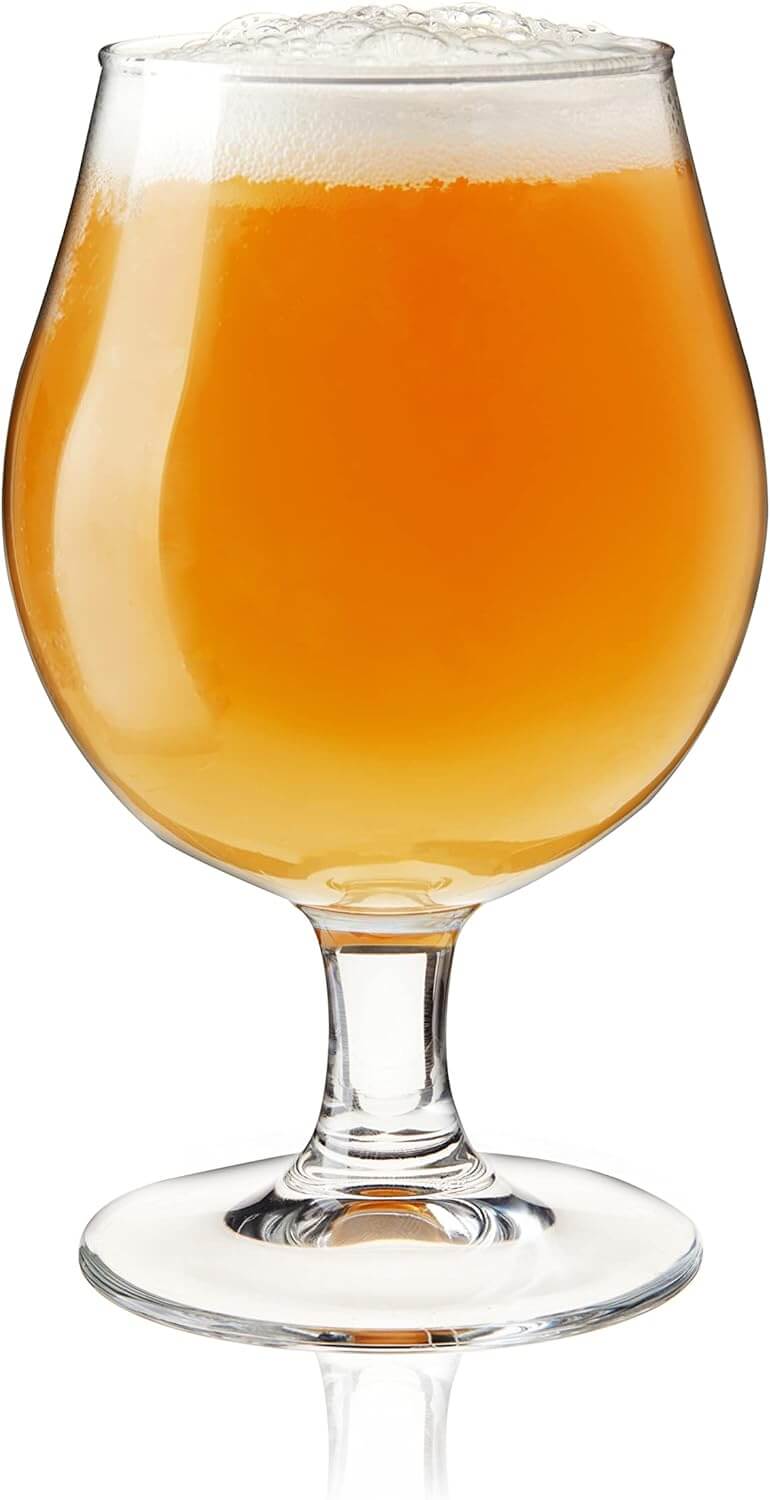
KegWorks relates, “With a bulbous body and a flared lip, the tulip glass is designed to capture the head and promote the aroma and flavor of Belgian ales and other malty, hoppy beers. Its short stem facilitates swirling, further enhancing your sensory experience.”
Pour My Beer reviews, “These uniquely shaped beer glasses are a sight to behold and a delight to drink from. The tulip glass has a small stem and footer below a tulip-shaped bowl. Made to enhance flavors and aromas, this glass is perfect for malty and hoppy brews. The bowl has a rim that curves outward just slightly.”
6. Stange
The stange is a functional no-frills glass. They resemble an oversized highball glass. “It is a cylindrical, long and narrow German glass that preserves well the adhesion and persistence of the foam. The stange is the ideal glass to serve more delicate beers, as it amplifies the nuances of malt and hops. It is suitable for drinking rye beer, lambic, gueuze, bock, or gose,” according to Homebrew Academy.

Pour My Beer asserts, “The Stange glass, with its cylindrical shape and relatively small size, is perfect for showcasing delicate and nuanced beers… Generally holding 6.5 ounces, it amplifies the beer’s malt and hop volatiles, imparting a true sense of its flavor. The smaller size also encourages quick drinking while the beer is cold.”
KegWorks evaluates, “The stange glass, which comes from the German word for pole, is narrow, straight, and cylindrical. Like a champagne flute, the stange concentrates soft hop and malt aromas and preserves carbonation. Unlike a flute, however, the stange has a thick-bottomed base for reliable sturdiness.”
7. Das Boot
Drinking beer out of a massive boot is a rite of passage at many local bars. There are few beer glasses that are more fun than the good old boot. ManOfMany compliments, “Legend says that a Prussian general promised to drink from his boot if his troops won on the battlefield, and thus the legend of the Das Boot became reality… Drink whatever makes you happy out of this one.”
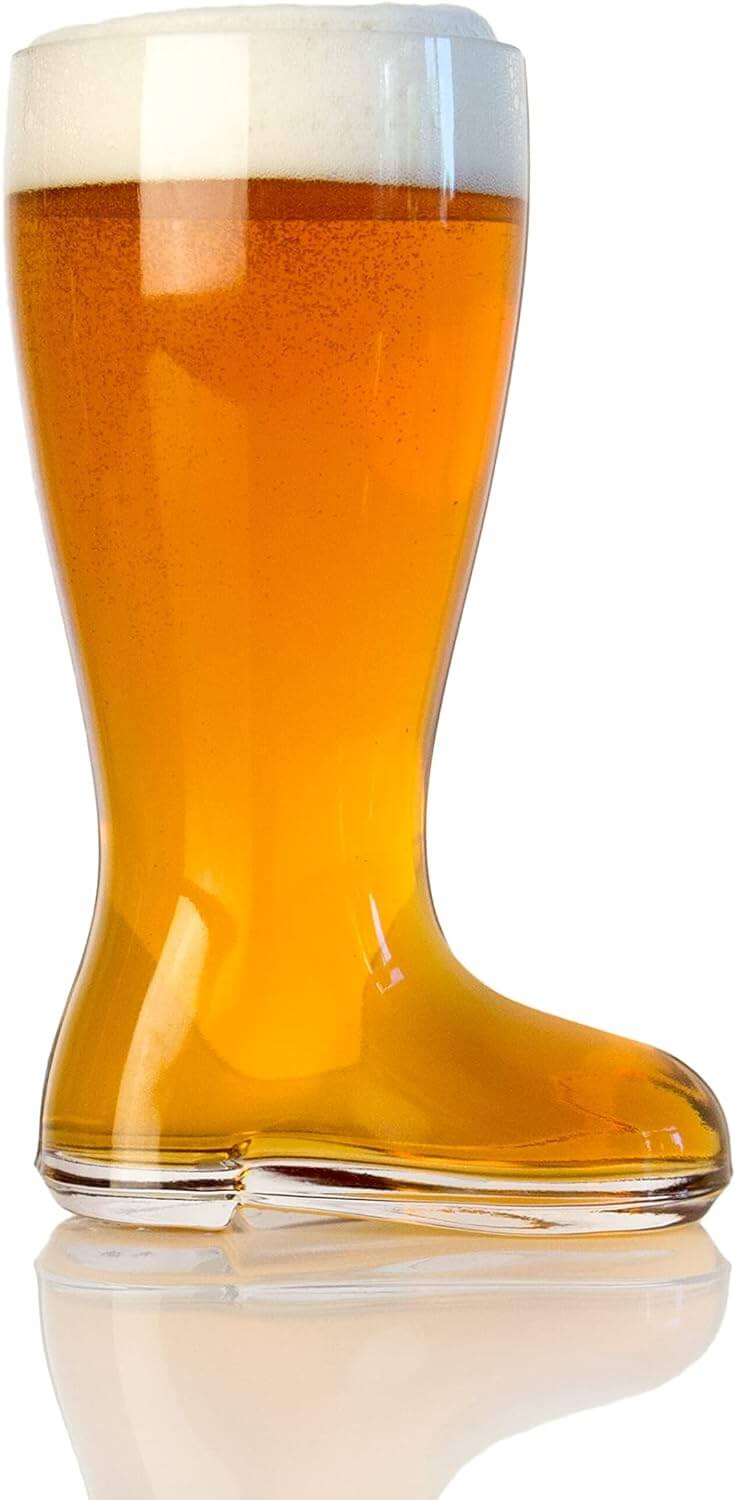
WebRestaurant Store assures, “Boots, and other giant glassware are, as you might expect, typically used for serving large quantities of beer (often at special events and parties). Generally, you want to stick with beers that are suitable for consumption in large volumes and that won’t have excessively thick heads or overly malty/hoppy flavors.”
KegWorks articulates, “Beer boots, or ‘das boots,’ have been popular at beer festivals and parties in the United States for decades. They are often used for drinking games or in macho displays of drinking prowess. Their origin, though, is rooted in Bavarian beer culture.”
You might also be interested in:
Sources:
- ManOfMany
- Lowercase Brewing
- Beer Advocate
- Lifehacker
- Webstaurant Store
- Crate & Barrel
- Homebrew Academy
- Pour My Beer
- KegWorks
- Punch
Note: This article was not paid for nor sponsored. StudyFinds is not connected to nor partnered with any of the brands mentioned and receives no compensation for its recommendations.
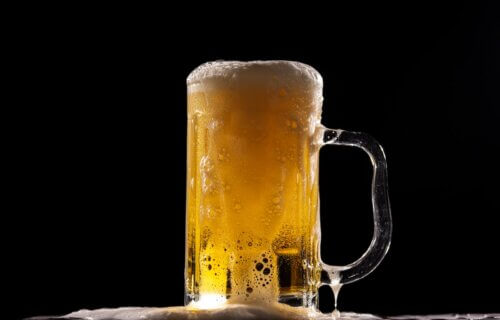
That is not a Pilsner glass. It is a glass for Weizen. German Pilsners are very hoppy.They are the lager alternative to hoppy ales.